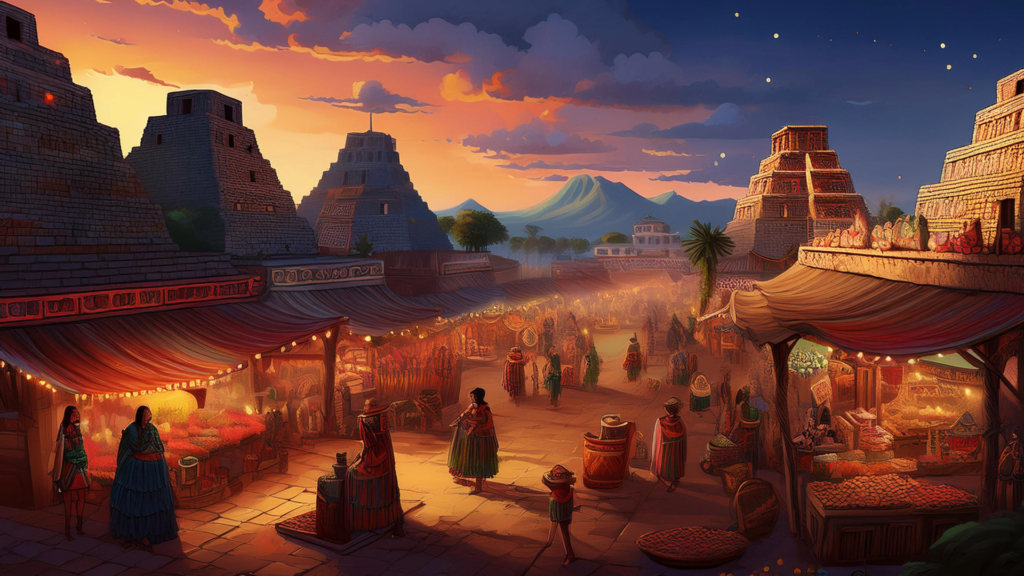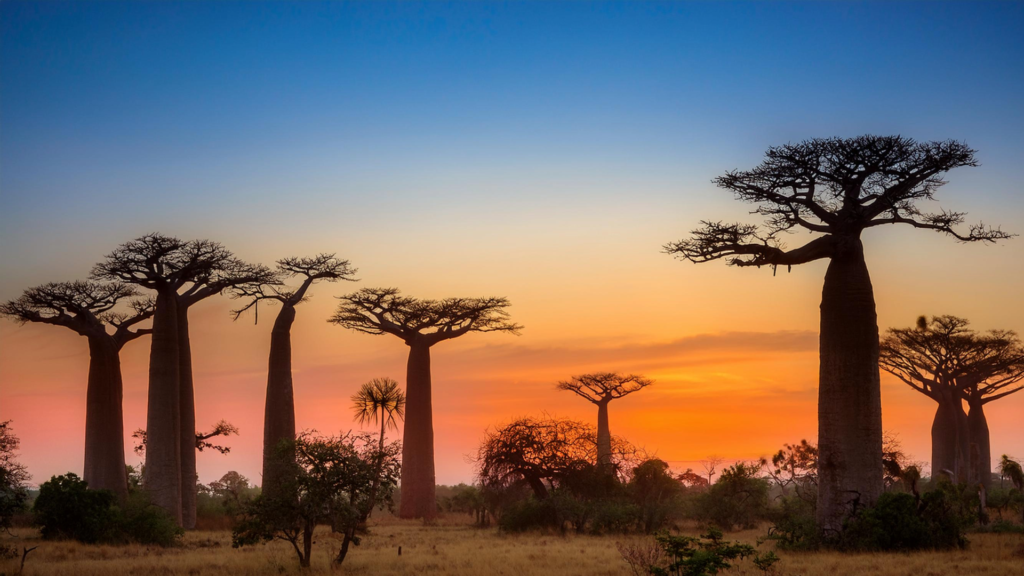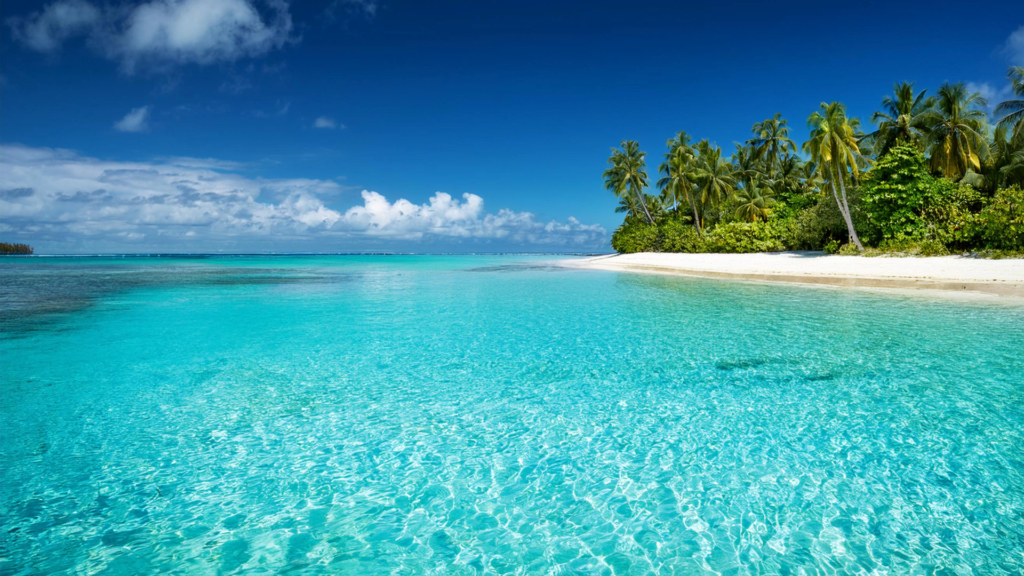Vanilla, a beloved flavor and aroma, has a rich historical and cultural significance for the world. It’s not easy to make either. Vanilla has a complex production process that requires practice. From the origin of vanilla in ancient Mesoamerica to its modern-day applications in culinary and fragrance industries, vanilla’s journey is as captivating as its taste.
This article delves into the origin of vanilla, its production process, the plant it comes from, and its diverse uses, including its role in perfumes.

The Story and Origin of Vanilla
Vanilla is derived from the pods of the vanilla orchid, a tropical plant that has been cherished for centuries. The history of vanilla traces back to ancient Mesoamerican civilizations, where it was used both as a flavoring and a medicinal ingredient.
Pre-Columbian Mesoamerica: The origin of vanilla is deeply rooted in the cultures of ancient Mesoamerica. The Totonac people, who lived in what is now eastern Mexico, are credited with cultivating the vanilla orchid long before the arrival of Europeans. They used vanilla to flavor their chocolate drinks, a practice that spread through Mesoamerican cultures, including the Aztecs and the Mayans.
The Aztecs: The Aztec emperor Montezuma II reportedly drank a chocolate beverage flavored with vanilla and believed it had aphrodisiac qualities. Vanilla was highly prized, and the Aztecs valued it as a luxury item.

Spanish Conquest: When Spanish explorers arrived in the New World, they encountered vanilla and brought it back to Europe. Initially, vanilla was used as a flavoring for chocolate, which was a novel and exotic treat in Europe.
European Adoption: By the 17th century, vanilla began to gain popularity in Europe. The French played a significant role in cultivating vanilla in their colonies, particularly in Madagascar, which is now the world’s leading producer of vanilla.

The Vanilla Plant and Orchid
Vanilla comes from the vanilla orchid (Vanilla planifolia), a tropical plant native to Mexico. The plant has a fascinating biology and growth process:
Vanilla orchids are climbing vines that grow in tropical climates. They produce delicate, pale yellow to greenish flowers that bloom for a single day. The flowers must be pollinated within this short time frame for the vanilla pods to develop.
In its native Mexico, vanilla orchids are pollinated by specific species of bees. In other regions, where these bees are not present, hand pollination is necessary. This labor-intensive process involves manually transferring pollen from the male part of the flower to the female part.
After successful pollination, the vanilla pods develop slowly over several months. These pods are long, green, and contain tiny seeds.
Vanilla pods are harvested while still green, usually around 8-9 months after pollination. At this stage, they are still bitter and must undergo a curing process to develop their characteristic flavor.

The Curing Process
The transformation of vanilla pods from green to the aromatic brown vanilla beans involves several steps:
The freshly harvested vanilla pods are briefly blanched in hot water to stop their growth and prepare them for curing.
After blanching, the pods are wrapped in cloth and placed in a warm, humid environment. This stage, known as sweating, helps to develop the pods’ flavor and aroma.
Following sweating, the pods are spread out in the sun to dry. This process can take several weeks and helps to concentrate the flavors.
Once dried, vanilla pods are aged for several months. Aging enhances the flavor profile and allows the characteristic vanilla aroma to develop fully.

Modern Vanilla Production
The origin of vanilla is not where most of the spice is produced today. The production of vanilla today is a global industry, with several key regions known for their vanilla cultivation:
Madagascar is the largest producer of vanilla, accounting for around 80% of the world’s vanilla supply. The island’s climate is ideal for vanilla cultivation, and its labor-intensive production process contributes to the high quality of its vanilla.

Image: Baobab Trees of Madagascar
Vanilla is also grown in other tropical regions, including Mexico, Tahiti, and parts of Indonesia today. Each region produces vanilla with unique flavor profiles, influenced by the local climate and soil conditions.
Today, we know how vanilla works. The primary flavor compound in vanilla is vanillin, which is responsible for its characteristic sweet and creamy aroma. Vanillin is a phenolic aldehyde with the chemical formula C₈H₈O₃. Vanilla beans contain other compounds, such as p-hydroxybenzaldehyde and guaiacol, which contribute to the complex flavor profile. Chemists can actively use this information creatively across the culinary and fragrance industries.
Due to the high cost and labor involved in producing natural vanilla, synthetic vanilla, or vanillin, is commonly used. Vanillin is derived from lignin or guaiacol, substances found in wood or other organic materials. While synthetic vanilla is more affordable, it lacks the complex flavor profile of natural vanilla.

Why People Like Vanilla
Vanilla’s popularity can be attributed to several factors:
Vanilla is a versatile flavor that complements a wide range of foods and beverages. Its subtle and sweet flavor enhances everything from baked goods to ice cream, making it a favorite among diverse culinary traditions.
Vanilla has a warm, comforting aroma that evokes feelings of nostalgia and indulgence. This pleasant scent makes vanilla a popular choice in both food and fragrance.
Vanilla has historical and cultural significance, particularly in Western cuisine. Its association with luxury and tradition contributes to its enduring popularity.
The flavor of vanilla is complex, with hints of caramel, spice, and floral notes. This depth of flavor adds richness and nuance to various dishes.

Gourmand: Vanilla in Perfumes
In addition to its culinary uses, vanilla plays a significant role in the perfume industry. Its rich, warm scent is used in a variety of fragrances, from high-end perfumes to everyday body sprays.
Vanilla is often used as a base note in perfumes. Base notes are the components of a fragrance that linger longest on the skin and provide depth and richness. Vanilla’s creamy, sweet aroma adds warmth and sensuality to fragrances.
Vanilla is frequently blended with other fragrance notes, such as musk, amber, or citrus. Its versatility allows it to complement and enhance a wide range of scents, making it a popular choice for perfumers.
Vanilla has been used in perfumes since the 19th century. Early perfumers recognized its value in creating complex and appealing scents. Today, vanilla remains a staple in many fragrance formulations.
Both synthetic and natural vanilla are used in perfumes. While synthetic vanillin is more common due to cost considerations, natural vanilla extract is prized for its authentic scent. Perfumers may choose based on the desired quality and characteristics of the fragrance.

Vanilla’s journey from its ancient Mesoamerican origins to its role in modern cuisine and perfumery is a testament to its enduring appeal and versatility. The vanilla orchid, with its intricate cultivation and curing process, produces a flavor that is both beloved and complex. Whether enjoyed as a culinary delight or used to add depth to fragrances, vanilla continues to captivate the senses and enrich our lives with its delightful aroma and taste.
Origin of Vanilla